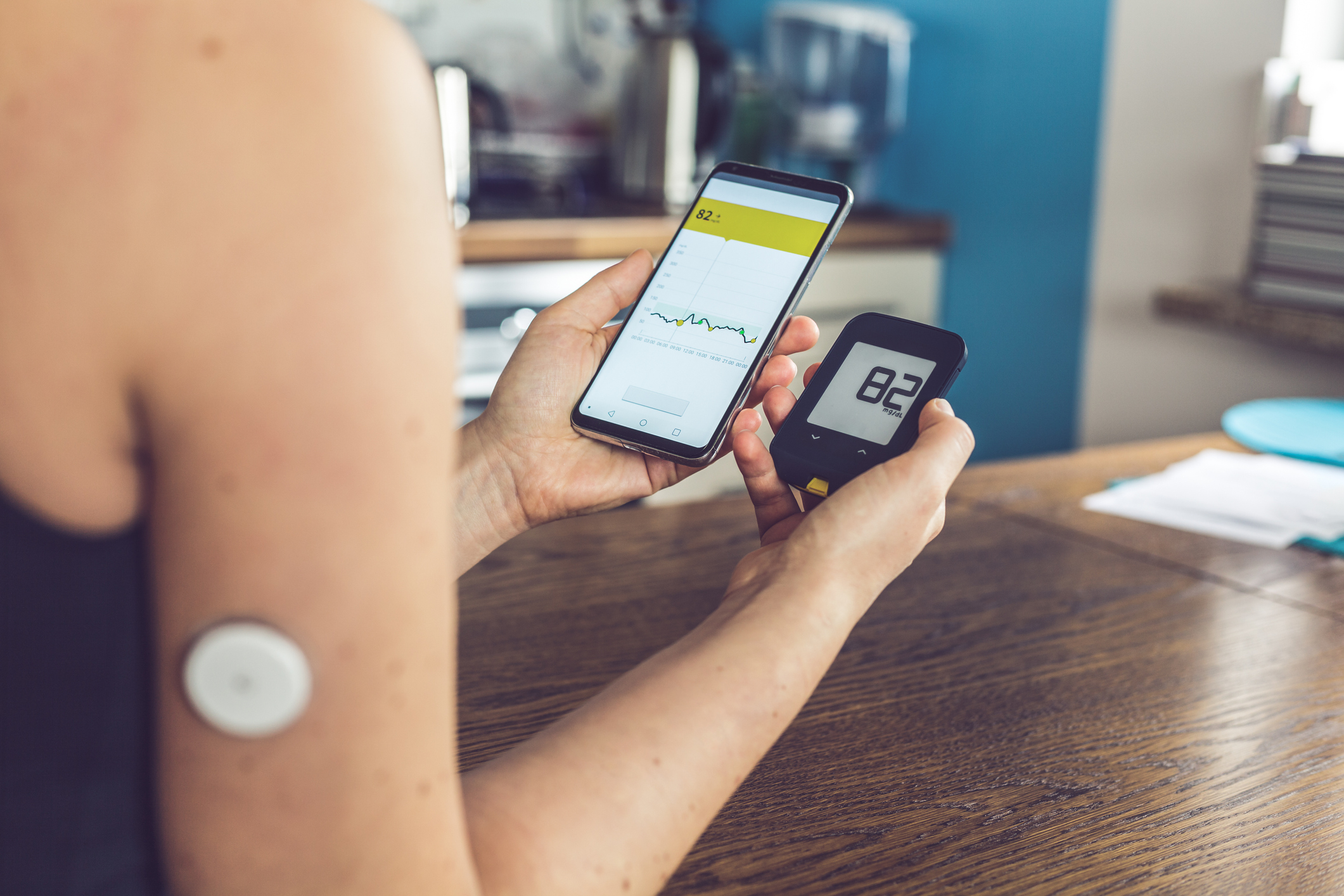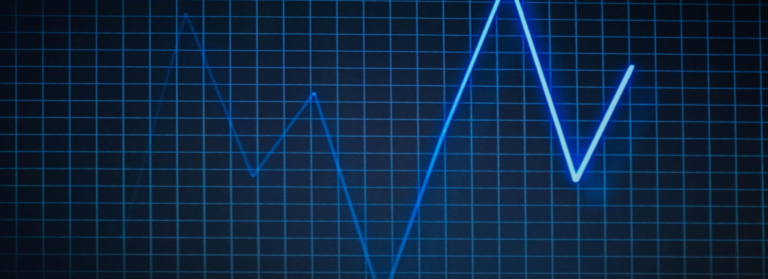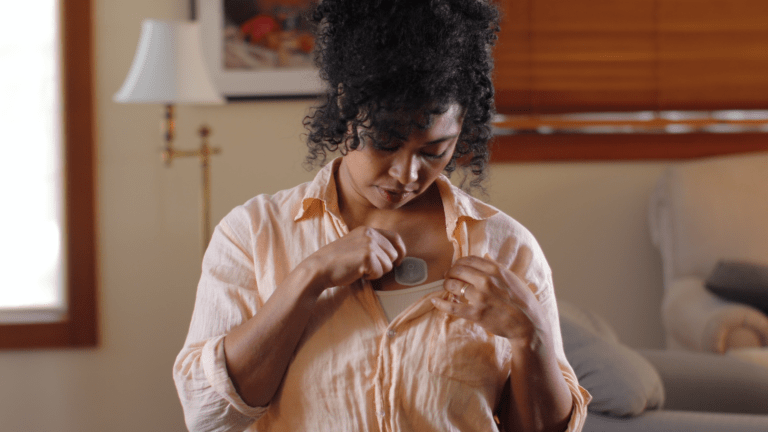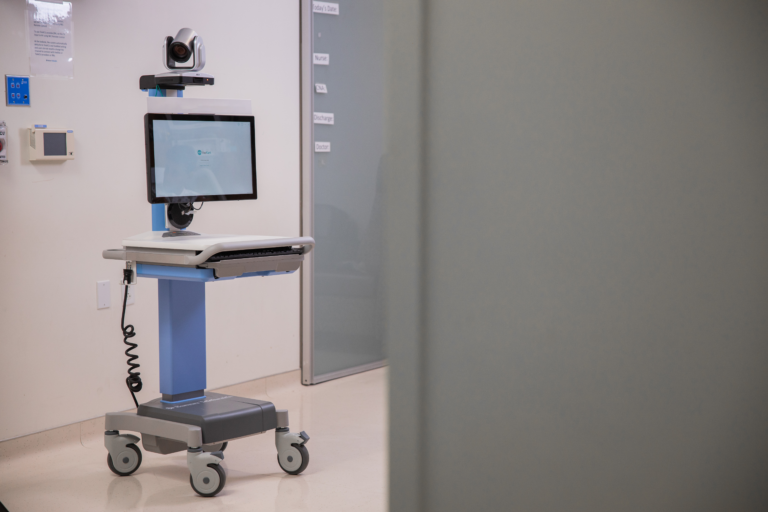Remote patient monitoring (RPM) technology enables patient’s care to be monitored and managed remotely by care management teams via physiological, sociological and behavioral data collected, analyzed and presented to those teams. Care managers now have constant up to date information on their patients just as if they were in the room with the patient. RPM is still relatively new, but so far it has primarily been used for chronic disease management to ensure those patients do not have to be admitted to the hospital. By attaching biometric gathering devices to the patient, caregivers can get periodic or even continuous monitoring of vitals like heart rate, respiration and blood pressure. This monitoring helps the caregivers ensure that a patient’s recovery is on track, and it saves the cost of having the patient return for on-site monitoring. Chronic illnesses like CHF or COPD typically cause patients to return to hospitals or clinics again and again. With RPM, physicians and staff can monitor these conditions remotely: patient coverage no longer must rely on a physician being on site.
Related: Everything You Need to Know About RPM in 2021
Additionally, data sharing occurs 24×7 so patients can have the added confidence of knowing their physician has up-to-the minute information on their status. Patients may or may not manage their care at the level they need when at home, but VeeOne’s RPM solution makes it a simple task for patients to record data like blood pressure, so they stay on track with effective self-care and their physician can see whether they need another consult or treatment adjustment.
Our telehealth platform does more to manage clinical and patient services than other platforms, and our new RPM product fits into our vision of delivering telehealth services and driving better care management across the full continuum of healthcare. While our platform is in its first iteration, our overall telehealth infrastructure (which includes Tele-ICU, Tele-Cardiology, Tele-Hospitalist, Tele-Neurology, Tele-Pulmonary and Tele-Psych) offers far more healthcare specialist options.
Related: Remote Patient Monitoring Devices: A Lifeline for Care Continuity
In the first quarter of 2022, version 2.0 of our RPM solution will enable patients to track scheduled readings of vitals, see historical data about their health as they accumulate readings, and be alerted if they miss a reading. There will also be built-in instructions for how to take vital signs manually, and mental health surveys for depression that the patient fills out and are sent to the care provider. In addition, our next version will support more devices for new metrics like blood glucose levels and will integrate with Electronic Medical Records (EMR) systems. In the future (mid-2022), we will incorporate AI and machine learning to analyze the collected data and perform predictive analytics about patient health issues.
In the not-too-distant future, we see RPM solutions like ours being used to deliver better outcomes for patients suffering from not only chronic diseases, but every aspect of the care continuum. From healthy patients ensuring they stay healthy, to patients at risk that need help to keep on track, and to post-acute patients being discharged early due to RPM management. Watch this space as our RPM solution and its applications evolve.





